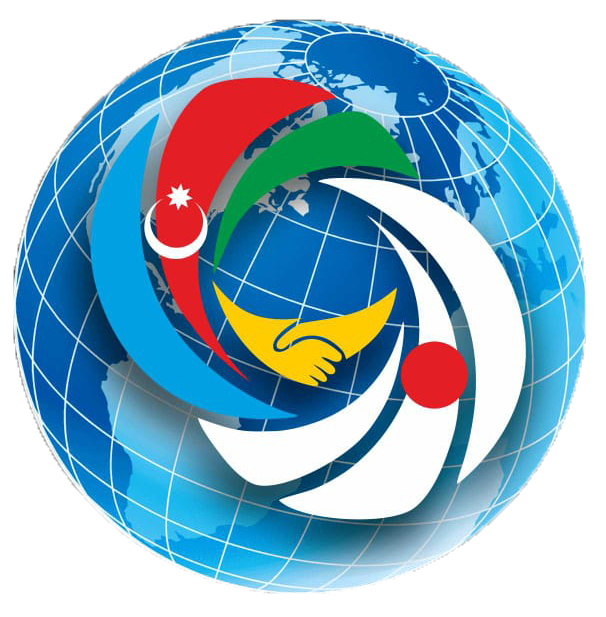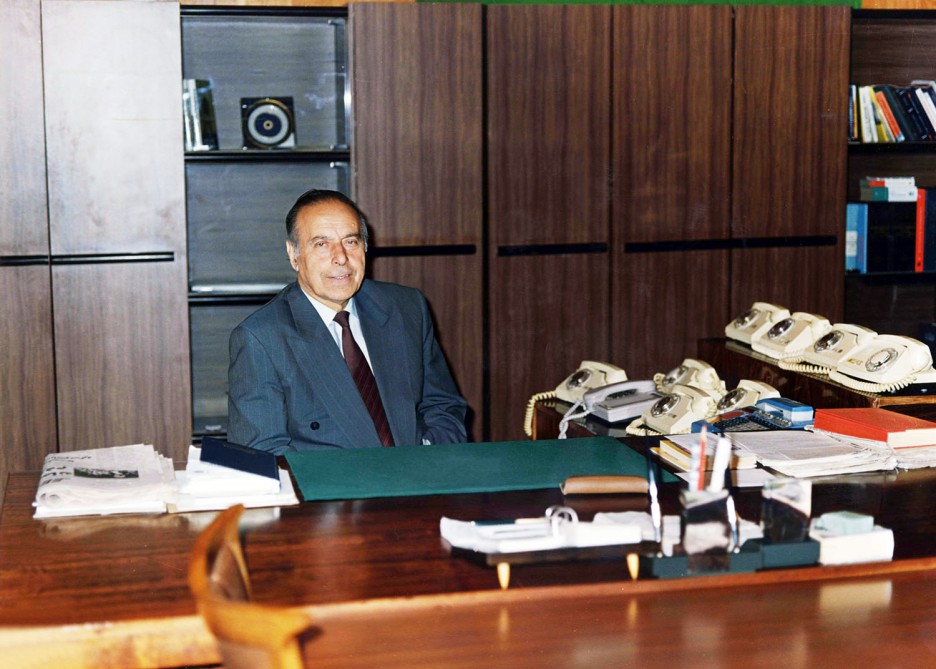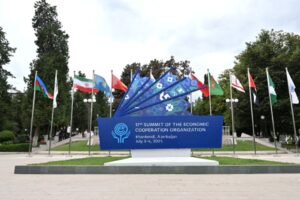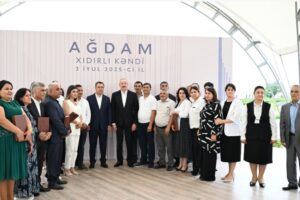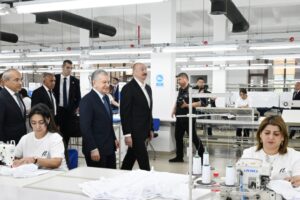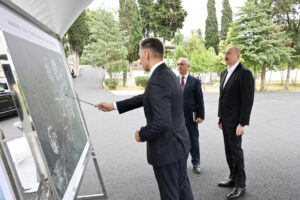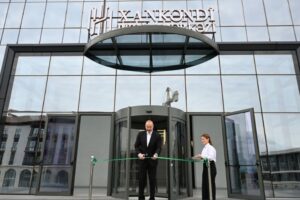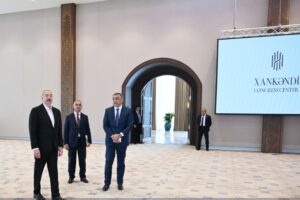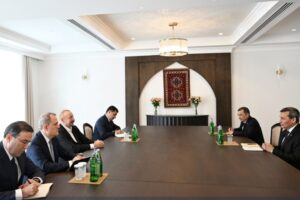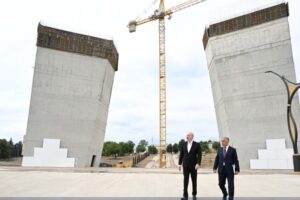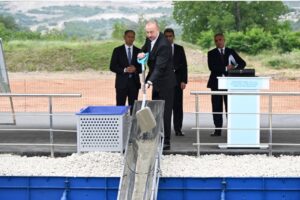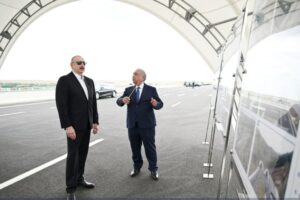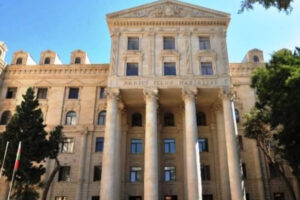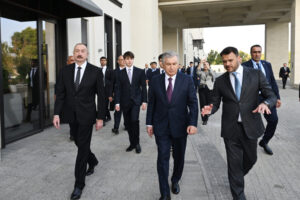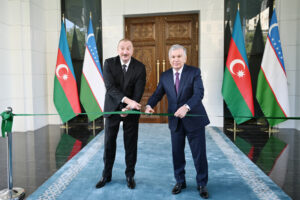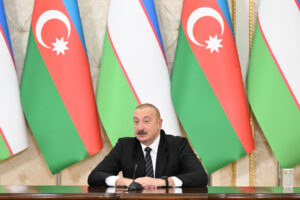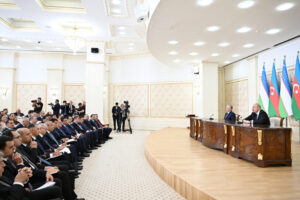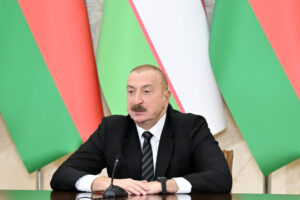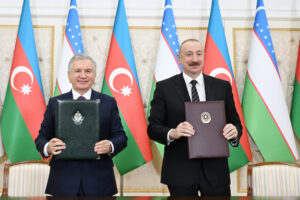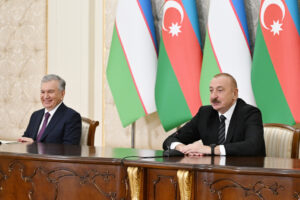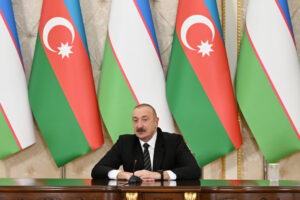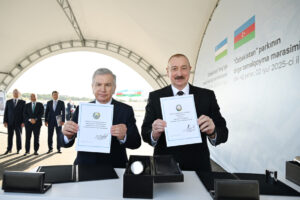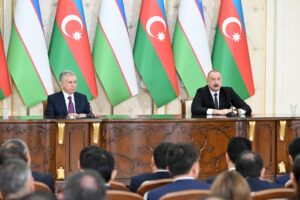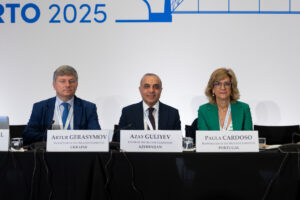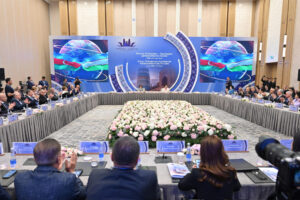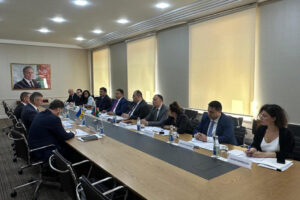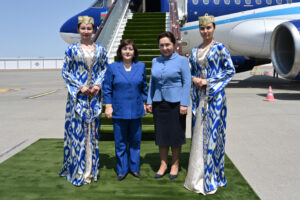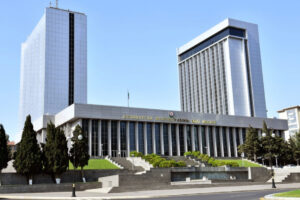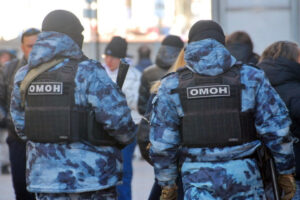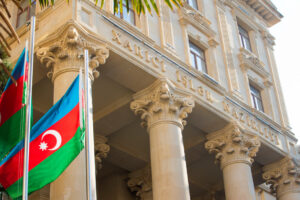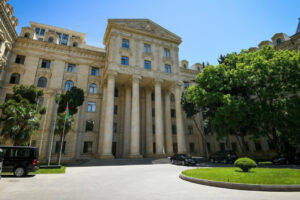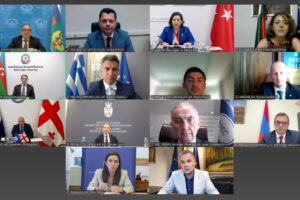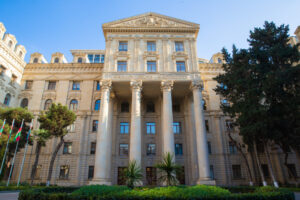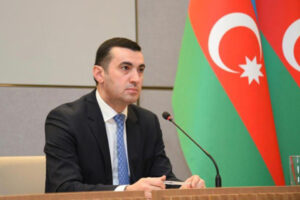Tokyo, 3 September, /AJMEDIA/
The end of the 1980s and the beginning of the 1990s are characterized as the most complex period of social and political events in all of Azerbaijan, including Nakhchivan, which is part of it. At that time, the policies of the Soviet empire leadership against the interests of Azerbaijan, territorial claims of Armenians to Nakhchivan and military clashes on the borders had a serious impact on the life of the Autonomous Republic.
A leader with political experience and diplomatic ability was needed to finish the people’s struggle for freedom with victory in Azerbaijan, including Nakhchivan, which is an integral part of it. Such a leader was Heydar Aliyev, a prominent statesman of Azerbaijan.
Heydar Aliyev came from Moscow to Baku on July 20, 1990, and to his birthplace Nakhchivan on July 22. In the elections of September 30, 1990, he was elected a people’s deputy of the Azerbaijan SSR from the Nehram electoral district, and a people’s deputy of the Nakhchivan MSSR by the Nakhchivan Alt Knitting Factory collective.
On November 17, 1990, the first session of the Supreme Assembly of the 12th convocation of the Nakhchivan MSSR was held under the chairmanship of Heydar Aliyev. Very important decisions were made in that session. The session decided to change the name of the Nakhchivan Autonomous Soviet Socialist Republic to the Nakhchivan Autonomous Republic. Decisions were made about changing the name of the Supreme Soviet of the Nakhchivan MSSR to the Supreme Assembly of the Nakhchivan Autonomous Republic, restoring the tricolor national flag, which is a symbol of the national independence of the Republic of Azerbaijan, and accepting it as the national flag of the Nakhchivan Autonomous Republic.
The Supreme Assembly of the Nakhchivan Autonomous Republic submitted a petition to the Supreme Soviet of the Azerbaijan SSR to recognize the flag as the official state symbol of Azerbaijan. One of the most important issues discussed in the first session of the National Assembly of Nakhchivan was the political assessment of the tragedy of January 20, 1990. On November 21, 1990, the Supreme Assembly of Nakhchivan MR adopted the decision “On giving a political assessment to the events of Baku in January 1990” prepared by Heydar Aliyev.
On December 14, 1990, the Supreme Assembly of the Nakhchivan MR adopted a decision “On the attitude to the situation in the Nagorno-Karabakh Autonomous Province of the Azerbaijan SSR, Shaumyan district and Chaikend village of the Khanlar district” prepared by deputy Heydar Aliyev.
On September 3, 1991, the issue of the Chairman of the Supreme Assembly was discussed at the session of the Supreme Assembly of the Nakhchivan Autonomous Republic. At the request of the multi-thousand rally and the majority of the deputies, the issue of Heydar Aliyev’s election as the Chairman of the Supreme Majlis was included in the agenda of the meeting. In that session, Heydar Aliyev spoke three times and announced that he had withdrawn his candidacy, but this did not bring any results. Heydar Aliyev was elected chairman of the Nakhchivan MR Supreme Assembly with 70 of the 75 deputies participating in the session voting in favor and 5 abstaining.
On September 7, 1991, the Supreme Assembly passed a decision on the establishment of the State Defense Committee of the Nakhchivan Autonomous Republic. This decision was the first step towards strengthening the defense of Nakhchivan. Historical decisions adopted in later periods ensured that all military equipment and weapons belonging to the Soviet troops stationed in Nakhchivan were kept in the autonomous republic. As a result, the National Army was created in the autonomous republic, the defense potential of Nakhchivan was strengthened, and the foundation of today’s mighty Azerbaijan Army was laid in Nakhchivan. It should be noted that the first national military parade was held on October 9, 1992 in Nakhchivan.
In order to expand relations with Azerbaijanis of the world, on the initiative of Heydar Aliyev, the Supreme Assembly of the Nakhchivan Autonomous Republic decided on December 16, 1991 to celebrate December 31 as the Day of Solidarity of World Azerbaijanis, and passed legislation to the Supreme Council of the Republic of Azerbaijan on its formalization. sent an application on his initiative.
National leader Heydar Aliyev took important steps in the field of establishing foreign economic relations while he was the chairman of the Supreme Assembly of the Nakhchivan Autonomous Republic. In 1992, he visited the neighboring Republic of Turkey and the Islamic Republic of Iran, protocols on economic cooperation were signed at the meetings, mutual relations were established with both countries in economic, cultural, educational and other fields. On February 5, 1993, the consulates of the Republic of Turkey, and on March 8, the Islamic Republic of Iran, started operating in Nakhchivan.
Between 1991 and 1993, during his rule in Nakhchivan, National leader Heydar Aliyev managed to put the Autonomous Republic on a broad path of progress.
The election of Heydar Aliyev as the chairman of the Supreme Assembly of the Nakhchivan Autonomous Republic coincided with the complicated and difficult period of Azerbaijan. It was Heydar Aliyev’s personality and ability that protected Nakhchivan from impending disasters and saved this ancient land from the danger of falling into the hands of the enemy.
The election of national leader Heydar Aliyev as the chairman of the Nakhchivan Supreme Assembly on September 3, 1991 is a historical event not only for Nakhchivan, but also for the establishment of independent Azerbaijan statehood in general.
Vugar Aghayev
